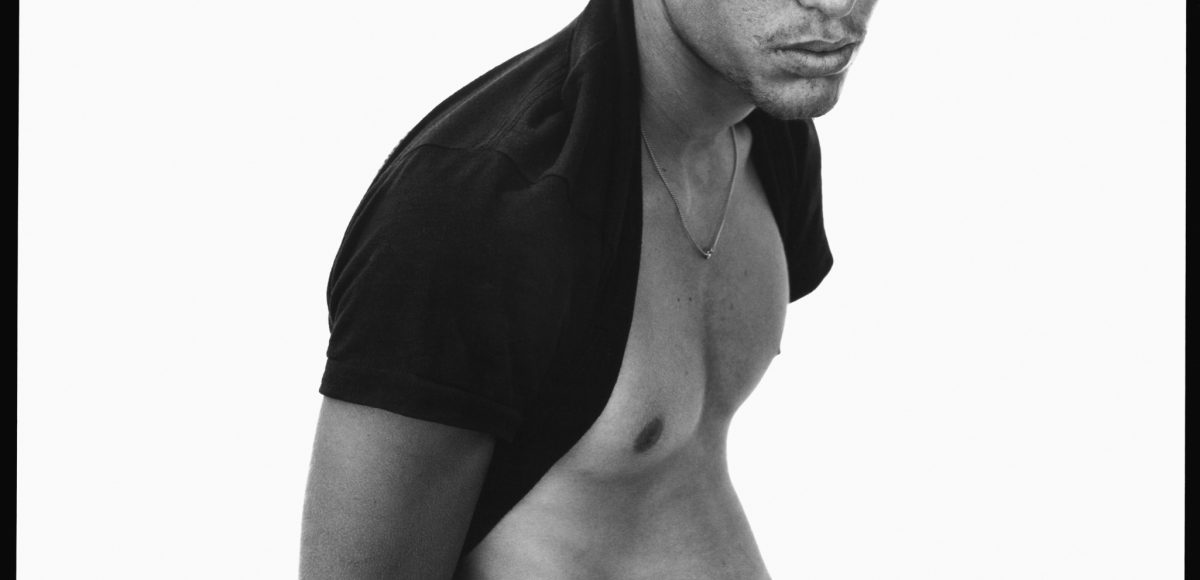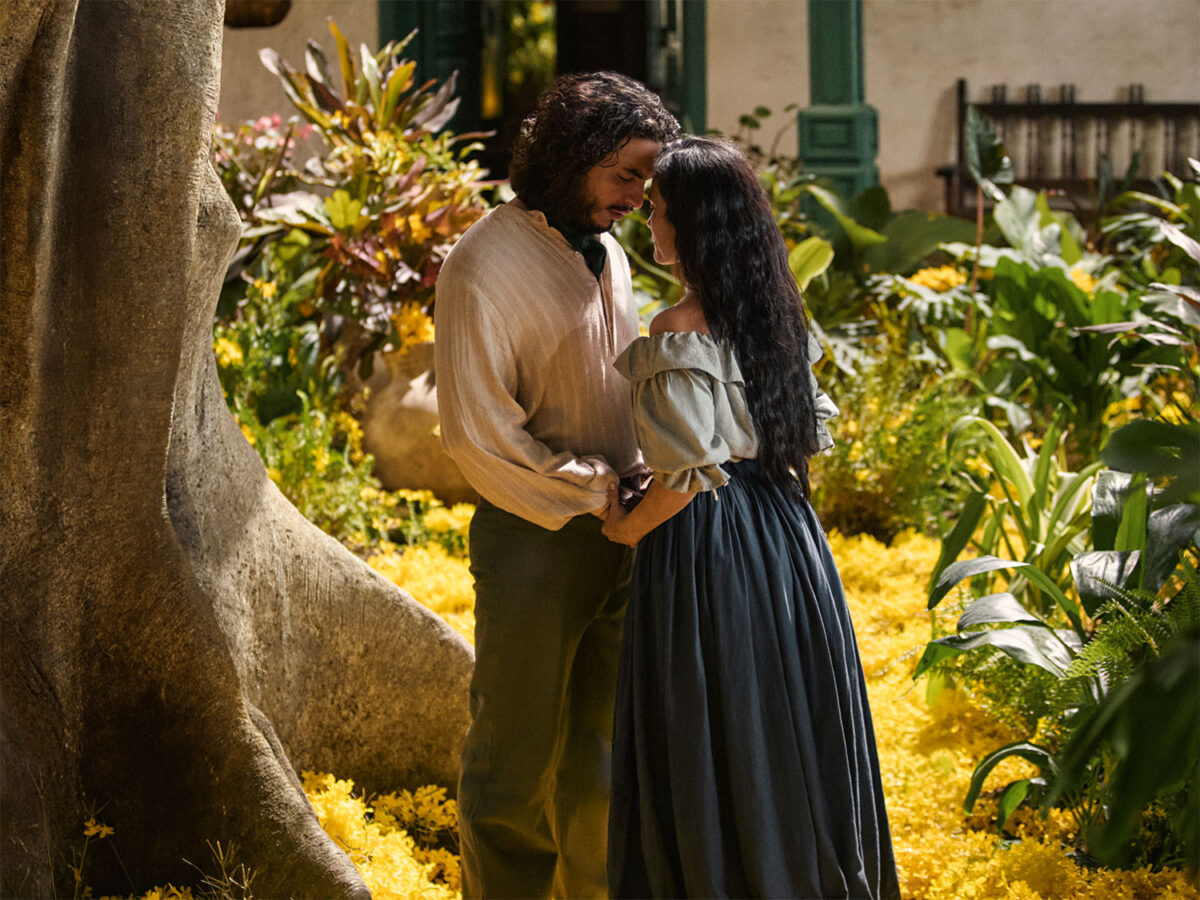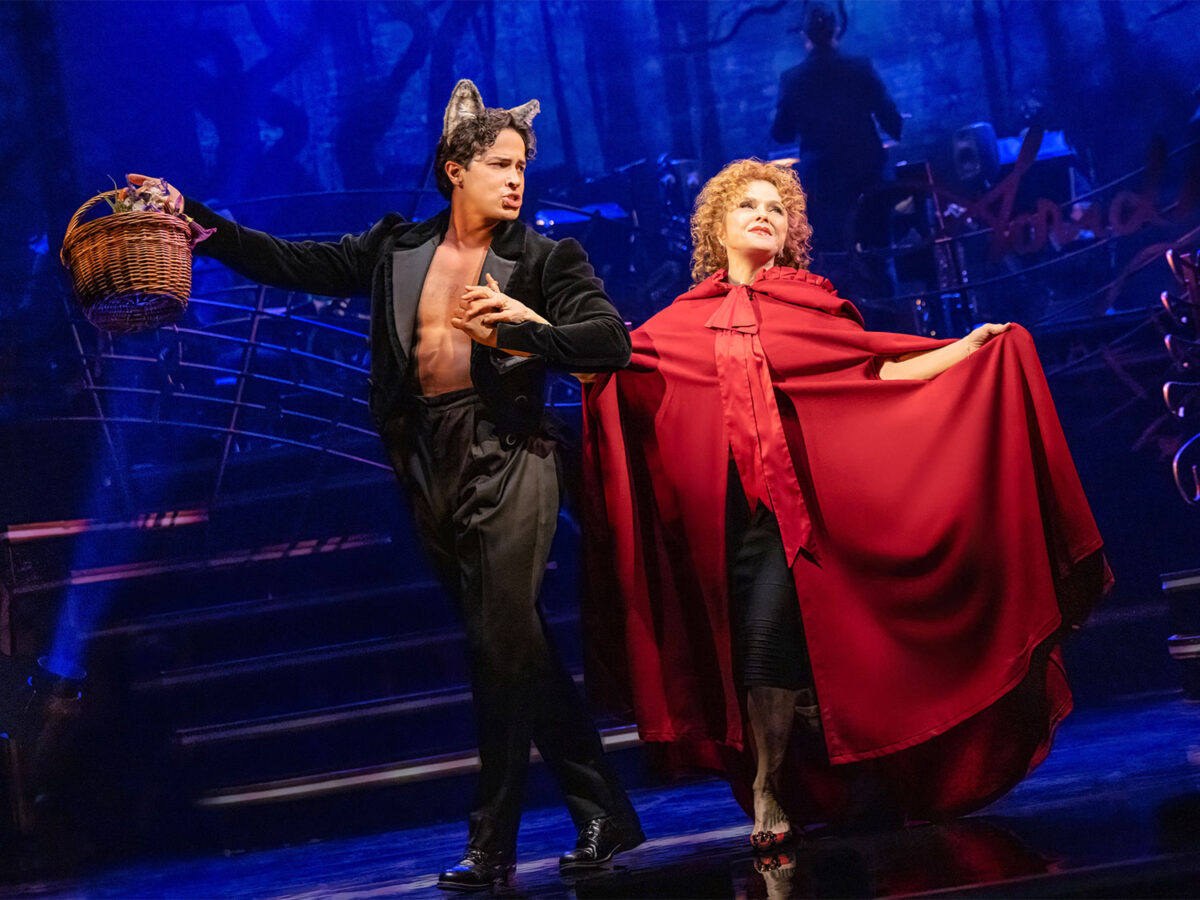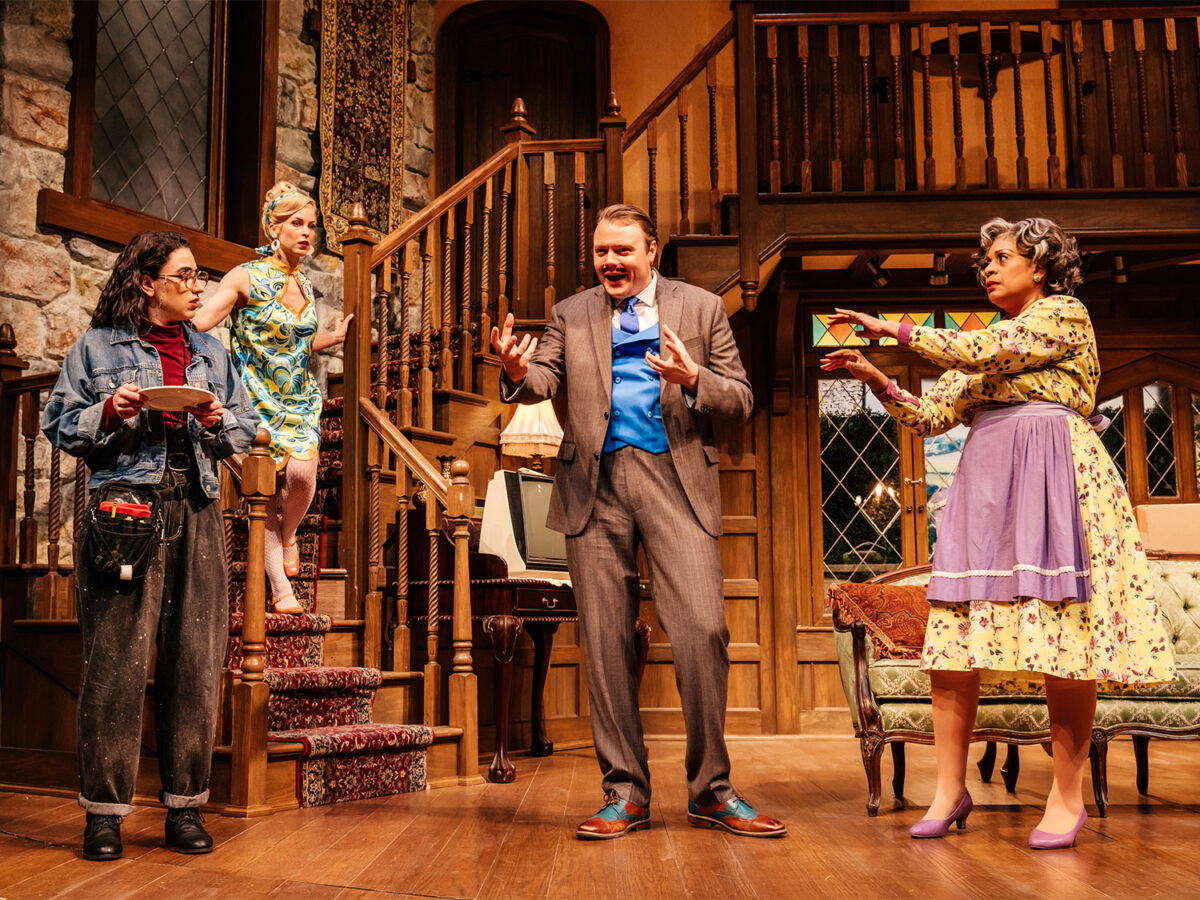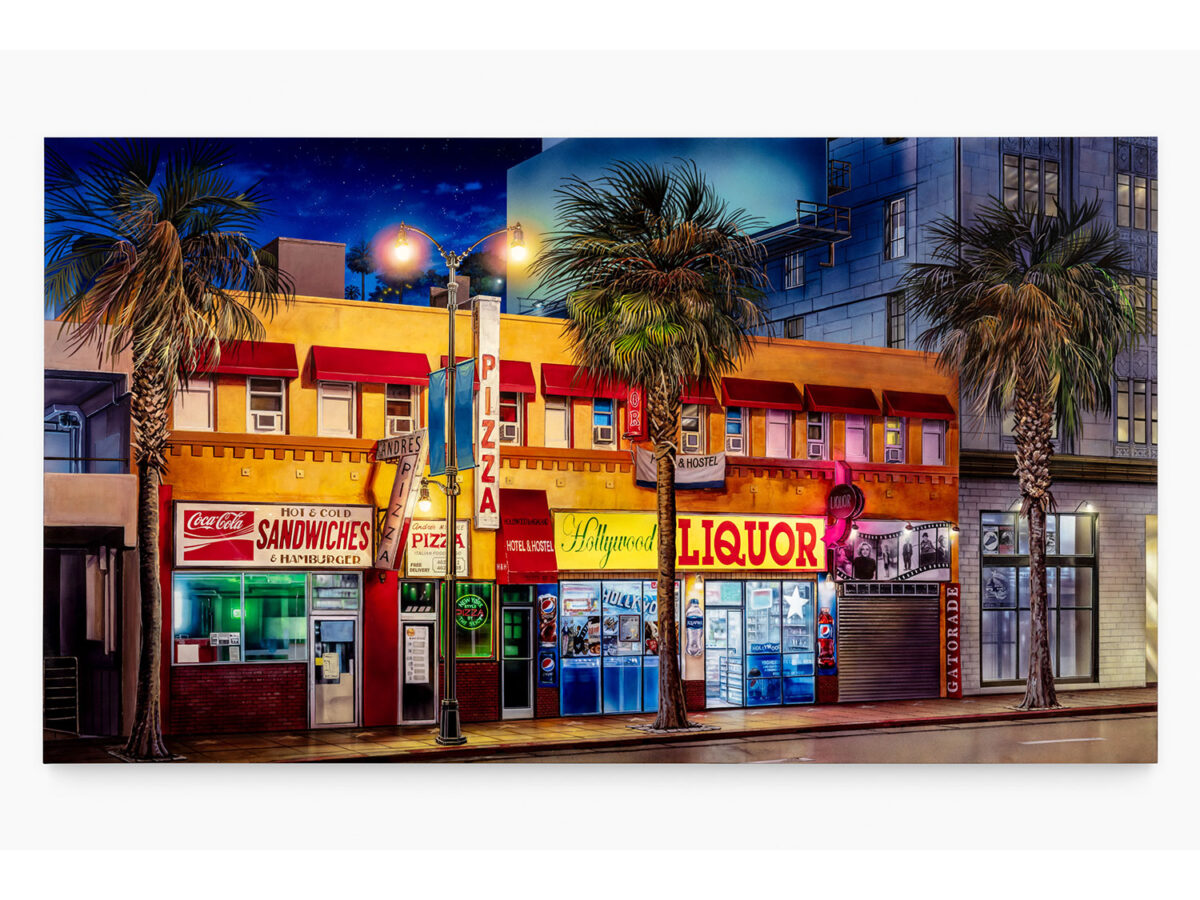For the first time since 1985, a series of large-scale photographs by icon Richard Avedon appear together publicly at the Gagosian Beverly Hills from Nov. 4 to Dec. 18. Avedon, one of the most prominent photographers of the 20th Century, created the iconic images over a five year period starting in 1978 for his series “In the American West.” The resulting project became one of his career defining works.
“In looking back over Avedon’s career, which is storied and broad, from fashion photography, to civil rights photography, to documenting New York City life to the great American West, this turns out to be his greatest achievement,” Deborah McLeod, senior director at the Gagosian told the Courier.
Out of the 125 images chosen for the series, Avedon selected 10 that he felt best represented its spirit, according to McLeod. He then printed those 10 at an enormous scale that required piecing together two sheets of photographic paper. The prints stand nearly 7 feet tall, a scale meant to emphasize the humanity of the subjects.
The 10 portraits occupy the two rooms of the Gagosian’s vaulted showroom. At their scale, they are quite literally larger than life. The shallow depth of field of the camera places their eyes in sharp focus as they stare directly at the camera, and by extension, the viewer. The stunning clarity of the photos renders legible details like the peach fuzz on the lip of a 14-year-old and the reflection of Avedon’s camera in his subject’s eyes.
McLeod said that the collection is currently for sale, though she would not disclose the price. Visitors must show proof of vaccination and are required to wear a mask.
When Avedon took the commission for the project from the Amon Carter Museum of American Art in Fort Worth, Texas, he was one of the top fashion photographers in the country. He had worked as the chief photographer for Harper’s Bazaar and lead photographer for Vogue. He shot campaigns for brands including Calvin Klein, Dior, and Versace. The same year he accepted the commission, his fashion photography had appeared in a solo exhibition in the Metropolitan Museum of Art in New York.
Avedon’s work documented some of the most prominent figures of his time with his idiosyncratically minimalist portraiture. In his life, he shot celebrities like Marilyn Monroe and The Beatles, public figures like President Dwight D. Eisenhower and Malcolm X, and artists like Allen Ginsberg and Andy Warhol.
For his work capturing the American West, even as he continued to photograph celebrities, politicians, and cultural luminaries, he took stints traveling through 21 western states to photograph subjects otherwise considered minor–at least from the perspective of New York high society. Among his subjects, he photographed butchers, carnies, drifters, oil rig workers, and coal miners.
Avedon poured himself into the task, hauling an 8 x 10 Deardorff field camera across the country (with assistance, of course), shooting 17,000 sheets of film of over 1,000 people. The original exhibition narrowed down the work product to 125 images, which identified the subjects by their name, profession, and the location and date of the shoot.
“They would set up to shoot these pictures in these rural Western towns,” McLeod said. “They would shoot in barber shops, in gymnasiums; they would shoot on street corners and fields; they would set up the white sheet that you see behind each subject and just do it raw right there.”
“There’s just nothing like them,” McLeod said. “He didn’t edit his subjects on site. In other words, he didn’t put oil on the guy in his overalls to make it look like he was on an oil rig, or add charcoal to someone’s face who was a coal miner.”
Though popularly received, the collection has fielded criticism in certain artistic circles. Art critic Max Kozloff accused Avedon of portraying an exoticized vision of the West–”a myth based on geographical desolation, rather than engagement with any real society.”
But Avedon himself, in the forward to “In the American West,” admitted to the limitations of portraiture in revealing something about a subject, famously writing, “All photographs are accurate. None of them is the truth.”



